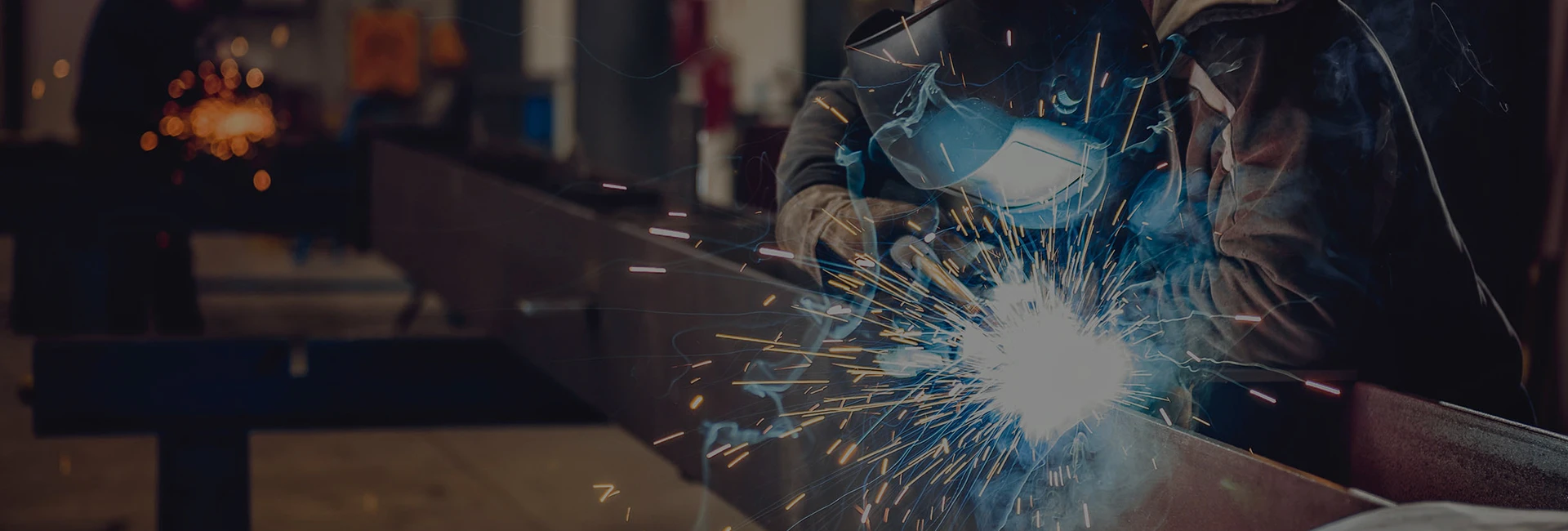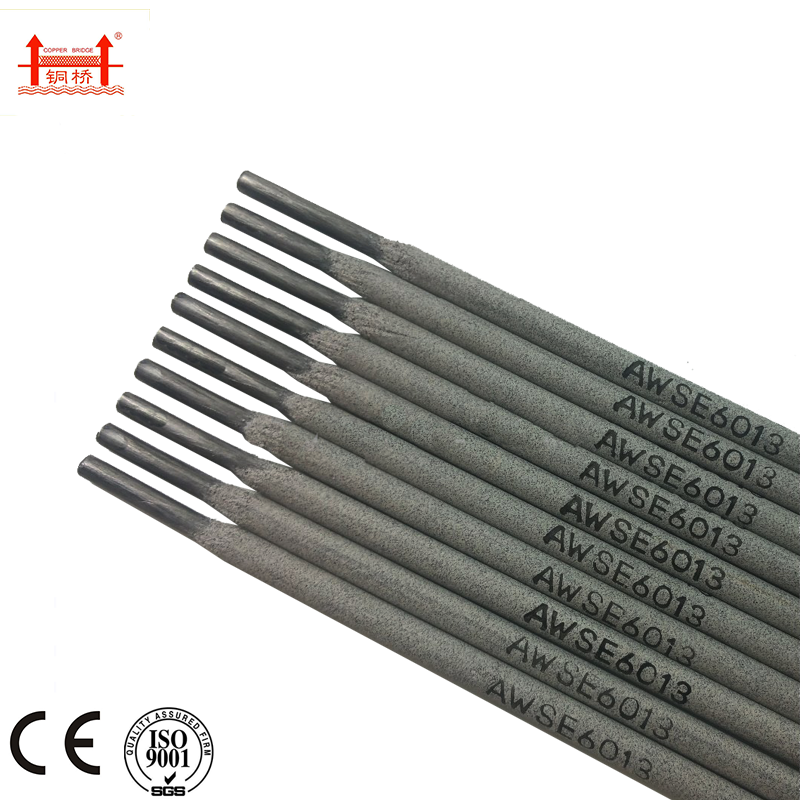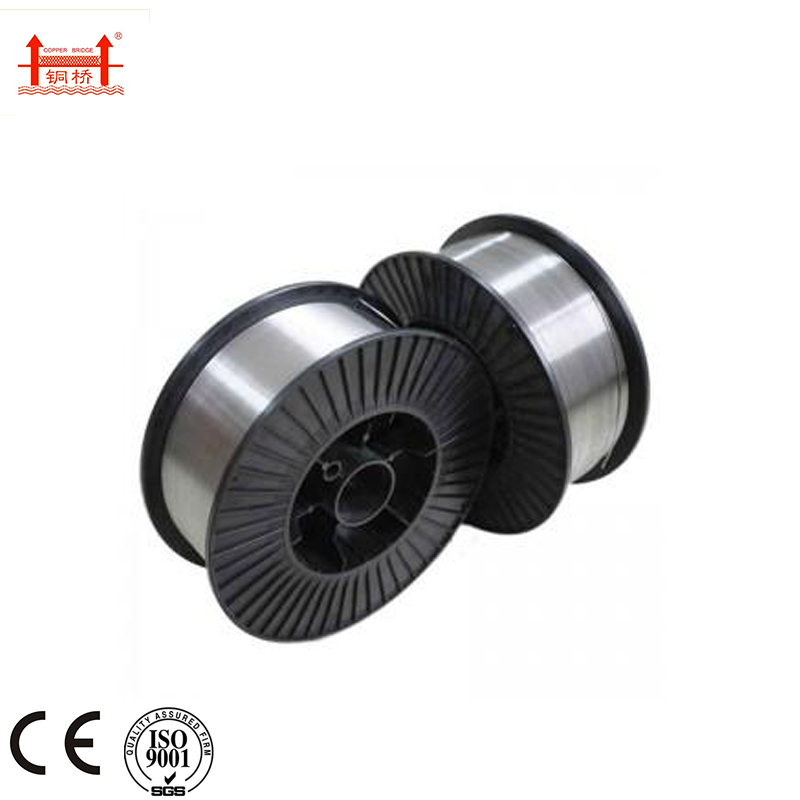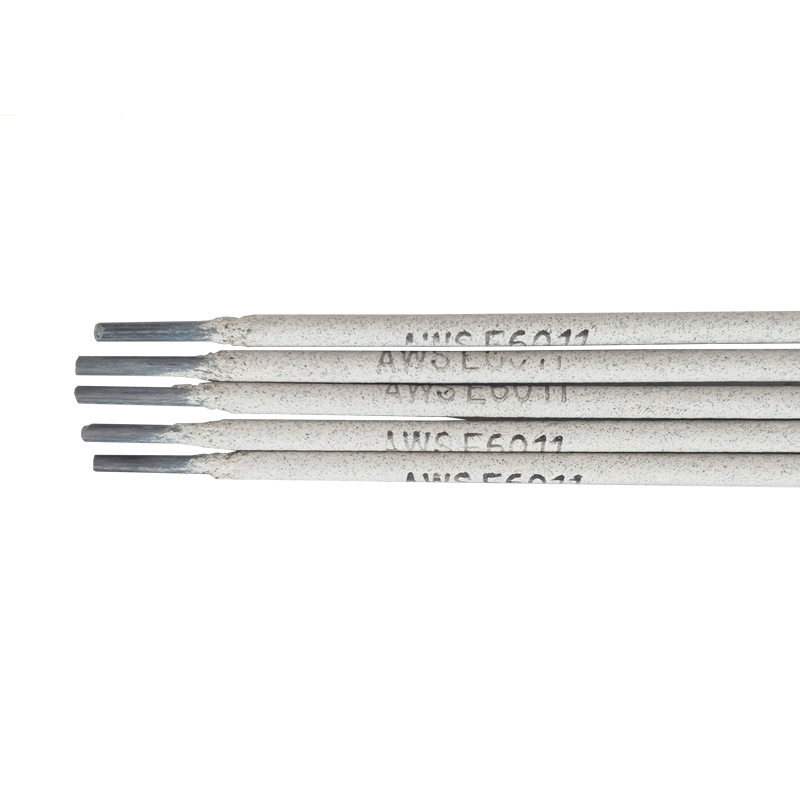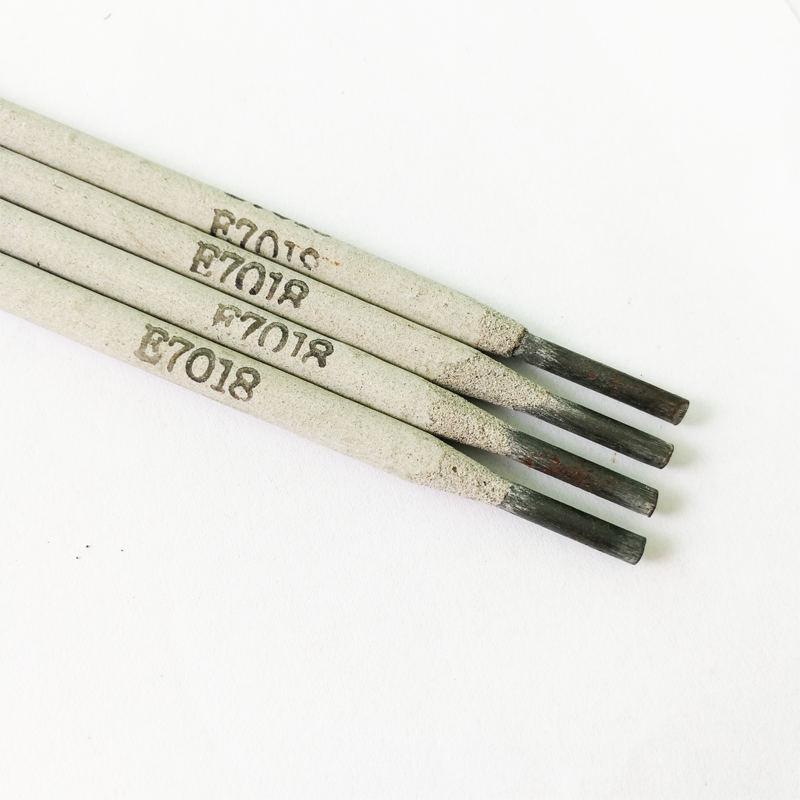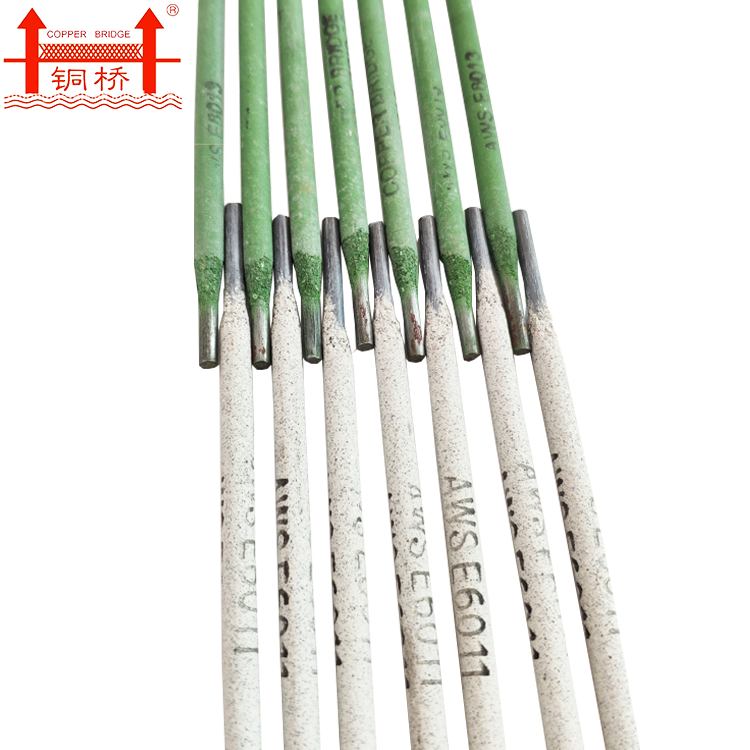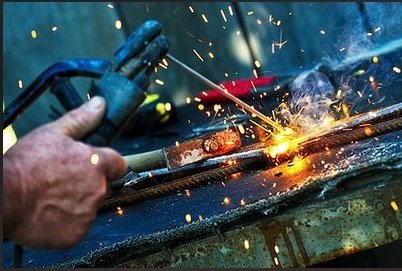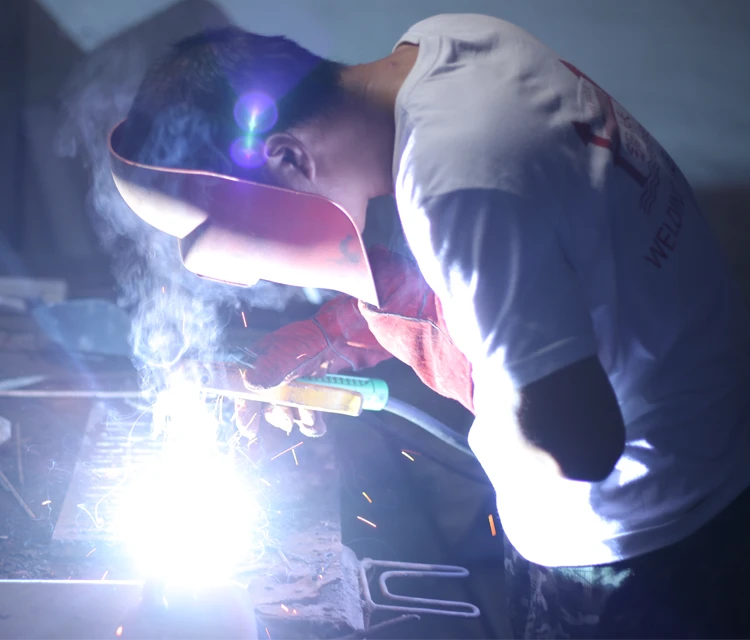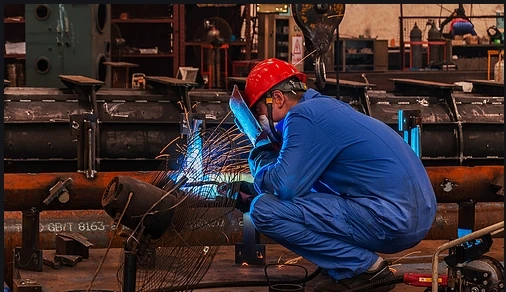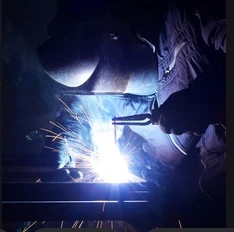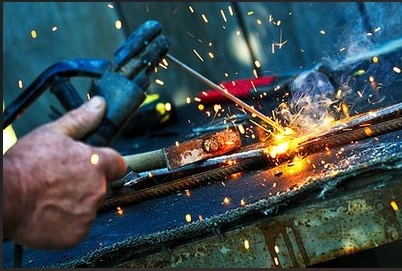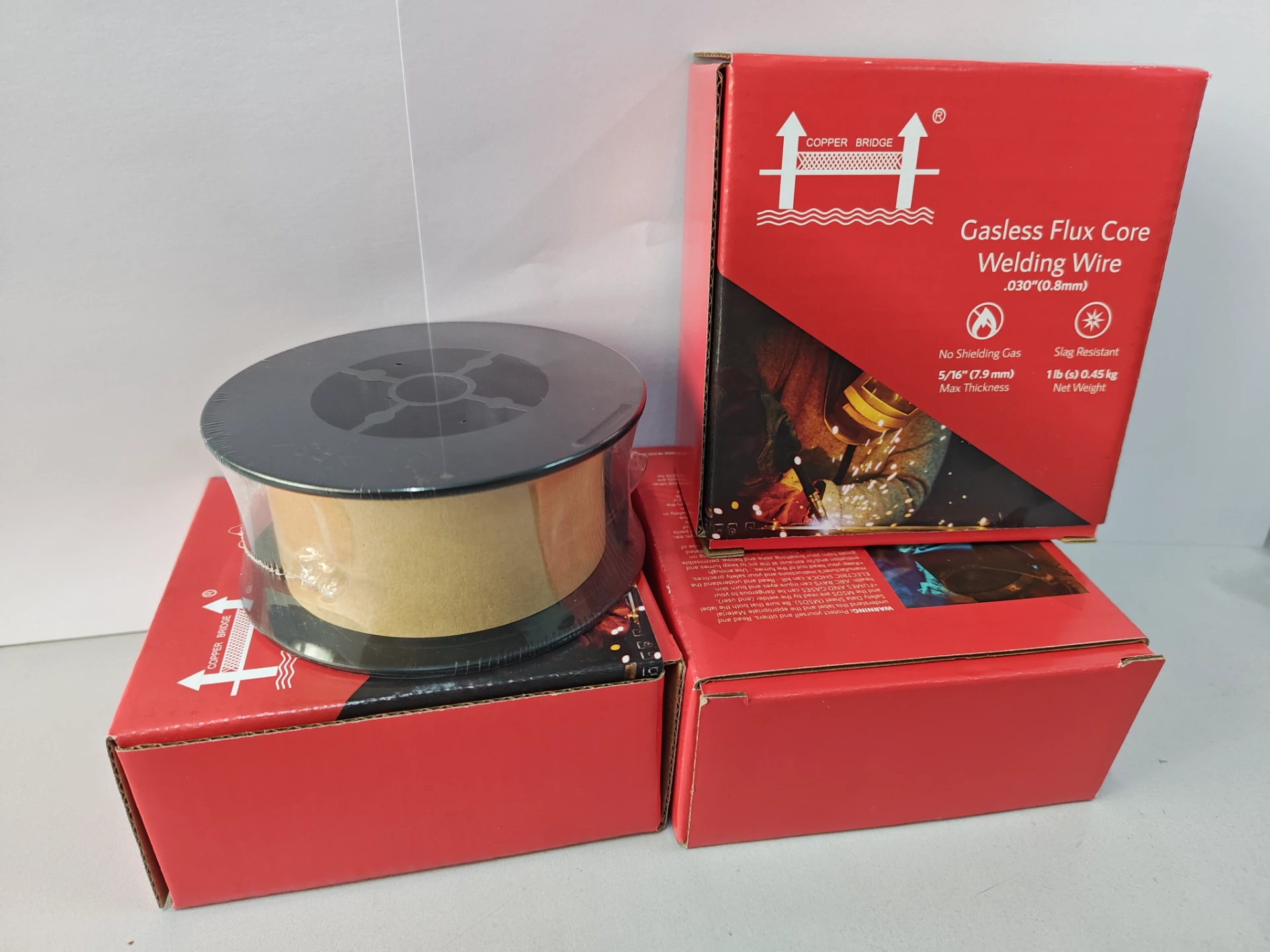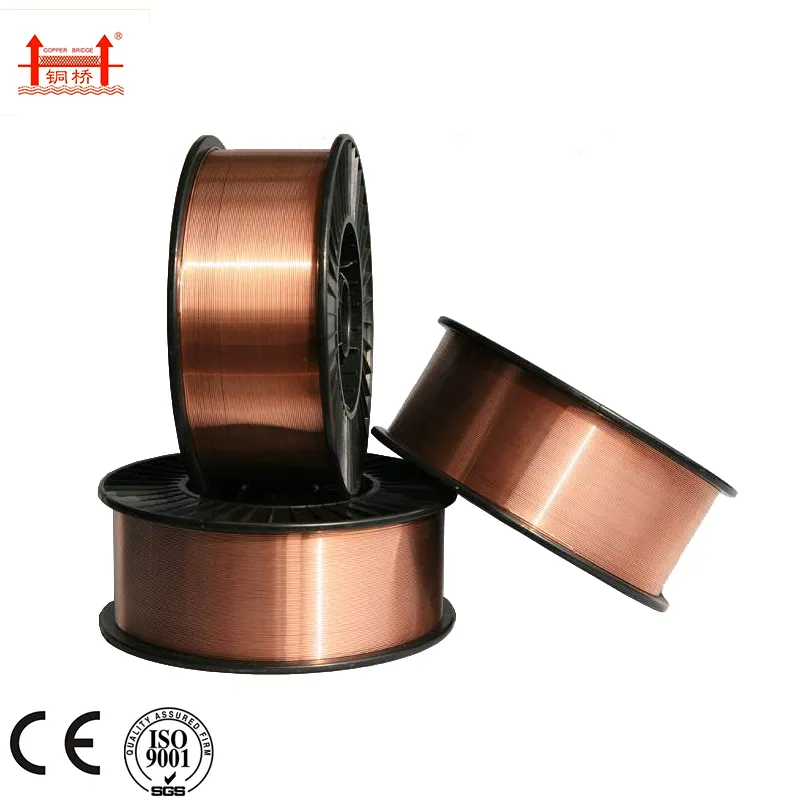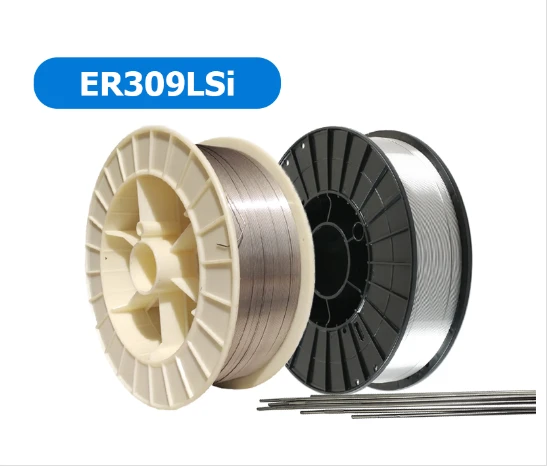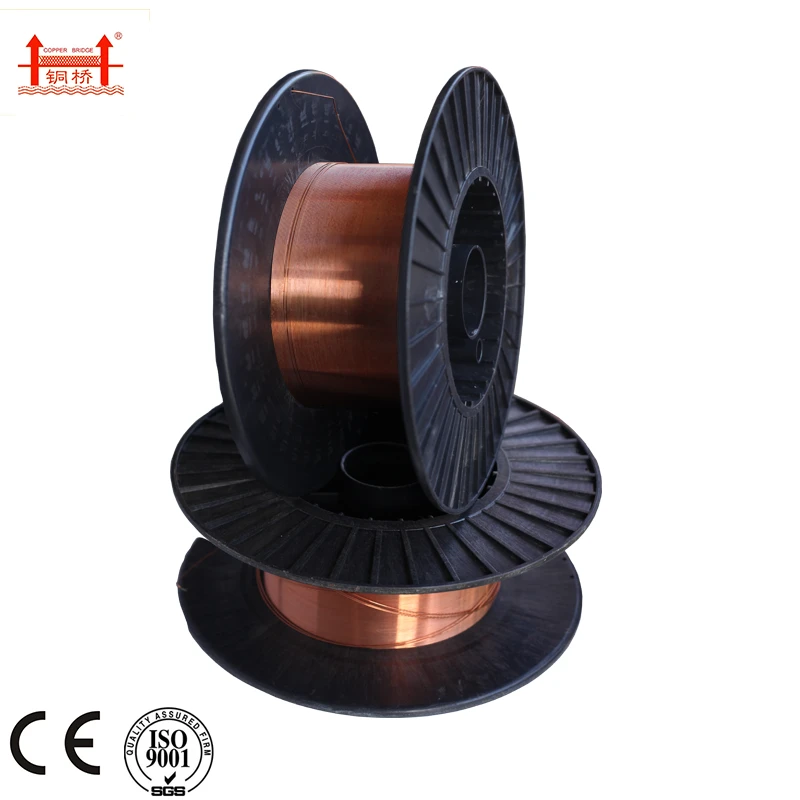E6013 Electrode Uses What is E6013 Used For & Benefits of 2.5mm E6013 Rods
జూలై . 08, 2025 04:12
- Introduction: Understanding what is E6013 used for
- Technical specifications and advantages of E6013 electrodes
- Comparing E6013 with other welding electrodes
- Manufacturer analysis and industry positioning
- Customization options for specific industrial requirements
- Application cases across various industries
- Conclusion: E6013 electrode used for effective welding solutions
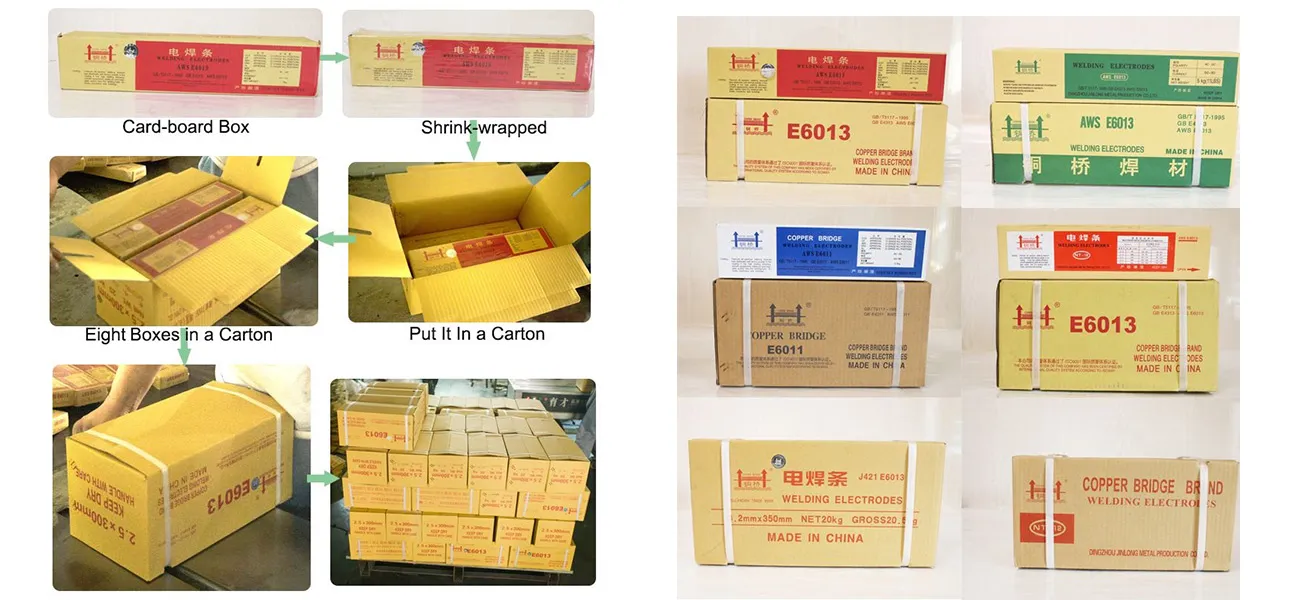
(what is e6013 used for)
Introduction: What is E6013 Used For and Its Core Applications
The term what is E6013 used for surfaces frequently among metal fabrication professionals and welding enthusiasts. E6013 is a type of covered electrode widely recognized for its versatility in arc welding steel structures. It is used for its all-position welding capabilities, smooth arc and ease of use, making it suitable for both beginner and advanced welders. Predominantly, E6013 electrodes are employed in the fabrication and repair of thin and medium-thick steel sections, including auto body repairs, shipbuilding, agricultural machinery, and general construction. The E6013 2.5 mm variant is specifically favored in situations where precise, controlled weld deposits are required on thinner workpieces, contributing to high productivity and clean welds.
Technical Specifications and Advantages of E6013 Electrodes
E6013 electrodes comprise a mild steel core wire coated with a high titania potassium flux, which assists in producing stable arcs even at low voltages. Typically, the composition provides an ultimate tensile strength of 60,000 psi (around 413 MPa), ensuring that weld joints meet rigorous strength requirements. Their easy slag removal and minimal spatter characteristics are linked to the rutile coating, reducing cleanup time post-welding. The E6013 2.5 mm specification supports material thicknesses from 1.5 mm up to 4 mm, making it ideal for sheet metal tasks and fine fabrication work. In addition, the electrodes can be used with both Alternating Current (AC) and Direct Current (DC), extending their range of utility. According to a 2023 industry survey, more than 74% of repair workshops prefer E6013 for multipurpose maintenance tasks due to its reliability, arc stability, and cost-effectiveness.
Comparative Analysis: E6013 vs. E6010 and E7018 Electrodes
Understanding the distinct features of E6013 relative to other common electrodes enables informed decision-making. The table below highlights the core differences between E6013, E6010, and E7018 electrodes in terms of technical performance, usability, and typical applications:
| Electrode Type | Coating Type | Current | Typical Application | Ultimate Tensile Strength | Weld Position | Ease of Use |
|---|---|---|---|---|---|---|
| E6013 | High Titania (Rutile) | AC/DC | Sheet metal, fabrication, repair | 60,000 psi | All positions | Very easy |
| E6010 | Cellulosic | DC only | Pipeline, structural | 60,000 psi | All positions | Intermediate |
| E7018 | Low Hydrogen | AC/DC | Structural steel, critical welds | 70,000 psi | All positions | Requires skill |
This comparative insight shows that while E6013 offers supreme ease, especially for thin metals and rapid, high-quality welds, E6010 and E7018 find their strength in applications with higher mechanical demand or specific environmental conditions.
Manufacturer Analysis and Industry Positioning
The global supply landscape for E6013 electrodes is dominated by a handful of leading manufacturers, each providing nuanced product formulations to serve various sectoral demands. Major players include Lincoln Electric, ESAB, Kobelco, and Bohler. Each manufacturer employs unique quality controls for the E6013 electrode, resulting in variations in arc performance, slag removal, and handling. For example, EN ISO 2560-A: E 38 0 R 11 and AWS A5.1/A5.1M: E6013 serve as pivotal production benchmarks. According to a 2022 market research report, the E6013 segment represented 42% of the global covered stick electrode market by volume, driven by expanding construction and automotive maintenance sectors in Asia-Pacific and Latin America. Third-party testing has shown that ESAB's E6013 produces a 15% faster slag detachment rate than some competitors, supporting reduced downtime. Meanwhile, Lincoln Electric emphasizes consistent bead appearance for aesthetically critical applications.
Customization Options for Specific Industrial Requirements
Industrial applications often require tailored electrode specifications to achieve optimal results. Customizations primarily focus on core diameter (often 2.0 mm, 2.5 mm, 3.2 mm, 4.0 mm), arc characteristics, and flux formulations. For instance, shipyards may request moisture-resistant packaging and low-spatter variants to boost productivity and ensure weld integrity in humid coastal environments. Automotive repair workshops frequently demand E6013 2.5 mm electrodes, which deliver precision for spot and seam welds on vehicle chassis and body panels. Custom branding, extended shelf-life, and alternative packaging sizes further contribute to streamlined supply chain management. Case studies from 2023 indicate a 27% reduction in rework when custom E6013 batches are specified for high-volume robotic welding cells. Manufacturers now collaborate closely with clients, integrating feedback directly into research and development pipelines to deliver products with tailored melt rates and slag detachability.
Application Cases: How E6013 Electrode Used For Industry Success
The broad applicability of the E6013 electrode is best demonstrated through specific, data-driven application cases:
- Shipbuilding: In a 2023 Asian shipyard project, over 140,000 E6013 electrodes of 2.5 mm diameter were deployed for hull panel welding, achieving a 23% higher productivity rate compared to traditional manual welding rods.
- Agricultural Equipment Manufacturing: A Canadian facility reduced welding repair times by 31% for combine harvester frames by switching to E6013 for both patchwork and reinforcement welds, with post-weld inspection acceptability exceeding 98.7%.
- Automotive Restoration: Numerous specialty shops utilize E6013 2.5 mm for patch panel attachment and rust repair tasks on classic vehicles, citing minimal burn-through and enhanced control for precise welds on 18-20 gauge steel.
- Infrastructure Repair: Emergency repairs to municipal water pipes using E6013 have documented a 19% cost saving over alternative electrodes due to lower labor hours and simplified post-weld cleaning.
Conclusion: E6013 Electrode Used for Effective Welding Solutions
In summary, organizations and professionals continually turn to the E6013 electrode used for delivering reliable, clean, and productive welds across multiple sectors. The balance of technical prowess, adaptability to customization, and proven field results—especially with the widely-adopted E6013 2.5 mm variant—cements its value in modern fabrication, repair, and maintenance. As comparative data and manufacturer innovation converge, E6013 remains an indispensable solution for any operation seeking consistent results in metal joining technology.
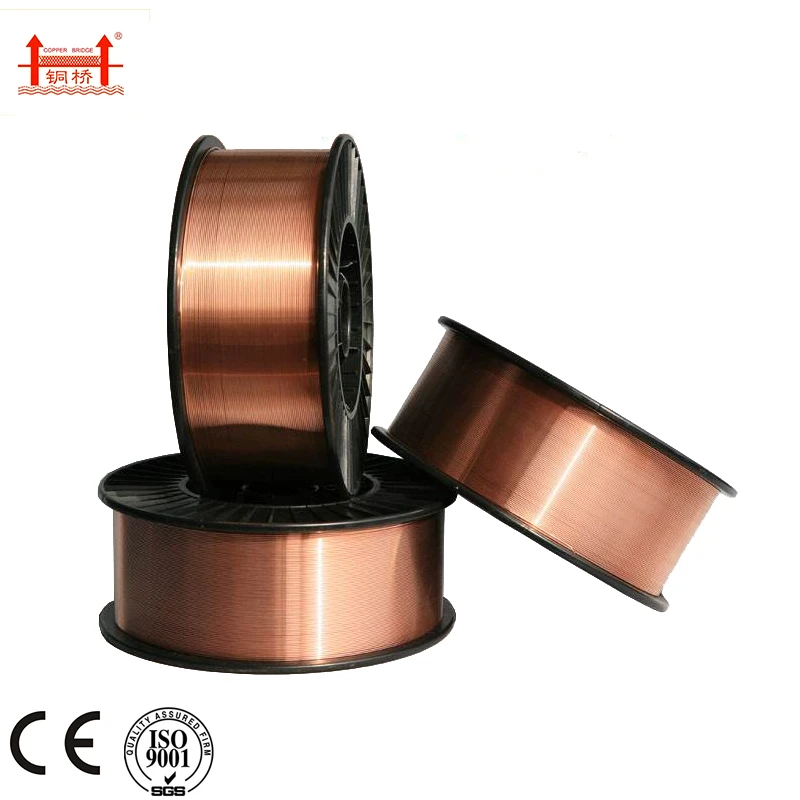
(what is e6013 used for)
FAQS on what is e6013 used for
Q: What is E6013 used for?
A: E6013 is a welding electrode commonly used for general-purpose welding. It is ideal for light to medium penetration on mild steel. It’s popular for sheet metal and automotive repairs.Q: What type of welding is E6013 electrode used for?
A: E6013 electrodes are mainly used for shielded metal arc welding (SMAW). They work well with both AC and DC power sources. They produce smooth, easy-to-control welds.Q: What materials can E6013 2.5 mm electrodes weld?
A: E6013 2.5 mm electrodes are suitable for welding mild and low-alloy steels. They work for thin sheet metal and light fabrication tasks. They're often chosen for home or workshop use.Q: Can E6013 electrodes be used on rusty or dirty metal?
A: Yes, E6013 electrodes can weld through light rust or contaminants. However, cleaner surfaces provide better weld quality. Always clean the joint for optimal results.Q: Why is E6013 a popular choice for beginners?
A: E6013 electrodes have an easy-to-strike arc and provide smooth, stable welds. Their forgiving nature suits those just starting to weld. They require minimal experience to produce decent results.Related Products
Related Video
Related News



